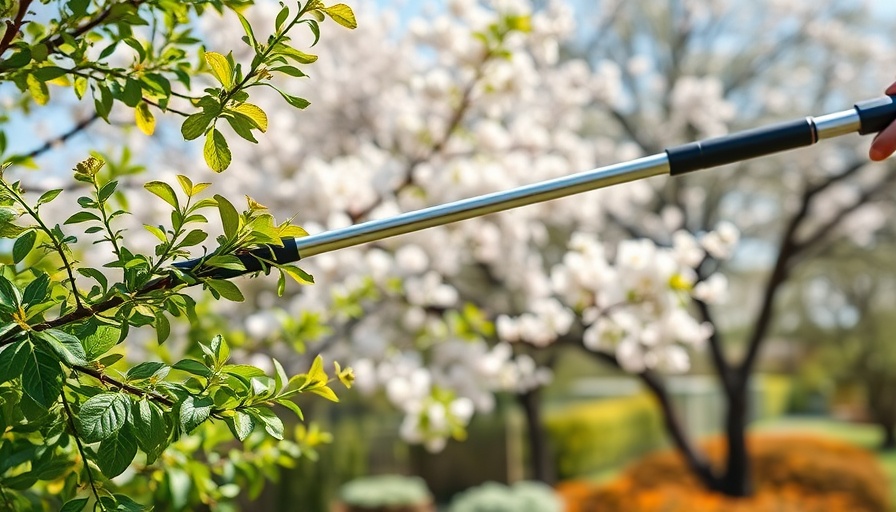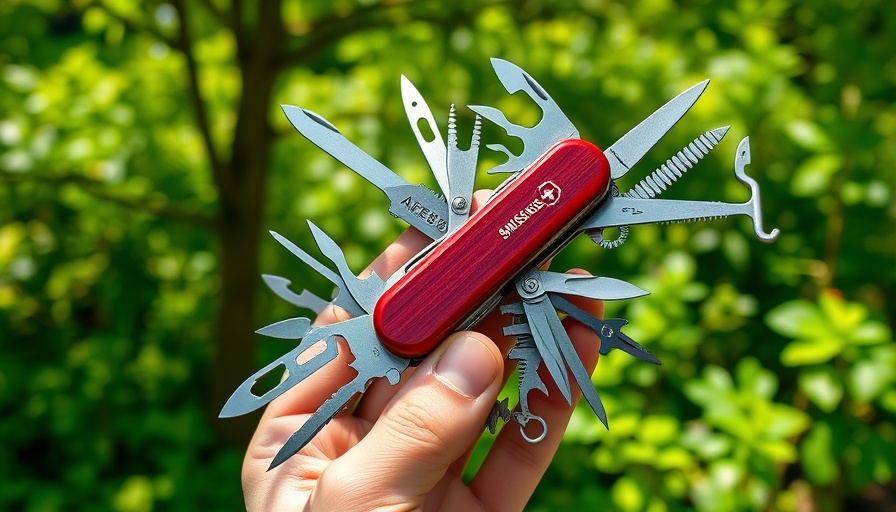
Mastering Tree Pruning: The Key to Lush Growth
Tree pruning is an essential skill every homeowner should embrace. While many might consider it merely an aesthetic practice, effective pruning is crucial for the long-term health of your trees. By understanding the right timing, tools, and techniques, you can ensure your trees not only survive but thrive.
Choosing the Right Time for Tree Pruning
Timing your pruning is half the battle. For optimal results, aim to prune your trees during late winter to early spring when they're still dormant. This timing prevents sap loss and minimizes the risk of fungal infections. Pruning during these periods also encourages vigorous growth once the tree awakens in spring. On the flip side, light trimming can be performed in summer to enhance shape and remove dead or diseased branches. Always remember, being in sync with your tree's natural growth cycle will yield the best results.
Essential Tools for Pruning Like a Pro
The right tools can significantly reduce the effort involved in tree pruning. Essential tools include:
- Hand Pruning Shears: Perfect for delicate cuts on branches up to ¾ inch thick.
- Loppers: Great for branches up to 2-½ inches thick, offering better leverage than shears.
- Pruning Saws: Ideal for larger branches, from 1-½ to 5 inches thick.
- Battery-operated Shears: These make it easy to reach high branches and cut thicker limbs with minimal effort.
- Long Pole Pruner: A must-have for those hard-to-reach branches without requiring a ladder.
Safety First: Pruning Tips to Keep You Safe
Pruning can be dangerous if not approached with caution. Always wear safety glasses and gloves, and consider a hardhat when working under branches. If your tree requires a ladder, ensure it's stable and that a friend can support it while you prune. Do not hesitate to consult a professional, especially for taller trees or branches that could pose safety risks.
Navigating Pruning Techniques: The Art of Cutting
Understanding and applying the correct cutting techniques can mean the difference between a thriving tree and one that struggles. Begin your cuts at an angle, which encourages healing and reduces the risk of disease. Avoid cutting flush to the trunk; instead, leave a small collar to ensure the tree can heal properly. As a rule of thumb, never remove more than 25% of the tree’s foliage at once to prevent shock.
Common Misconceptions About Tree Pruning
Many homeowners believe that any cut made is beneficial, but that's not quite true. Understanding what to prune is essential. Not every branch needs to be cut; focus on removing dead, damaged, or crossing branches to open up the tree's canopy and improve air circulation. This activity not only enhances appearance but is vital for preventing disease.
Future Insights: Pruning's Role in Sustainability
As our lifestyles shift towards sustainability, maintaining our trees appropriately encourages a healthier environment. Pruned trees require fewer resources, such as water and nutrients, and contribute positively to air quality. Regular maintenance helps fend off pests that can spread diseases, constructing a natural defense system.
Final Thoughts: Cultivating Health Through Pruning
In conclusion, proper tree pruning is essential for homeowners aiming for sustainability and beauty in their landscapes. By mastering the techniques and timing, you can help your trees thrive for generations to come. Remember, if ever in doubt about your abilities, consider reaching out to a professional for assistance. Your trees will thank you!
 Add Row
Add Row  Add
Add 




Write A Comment